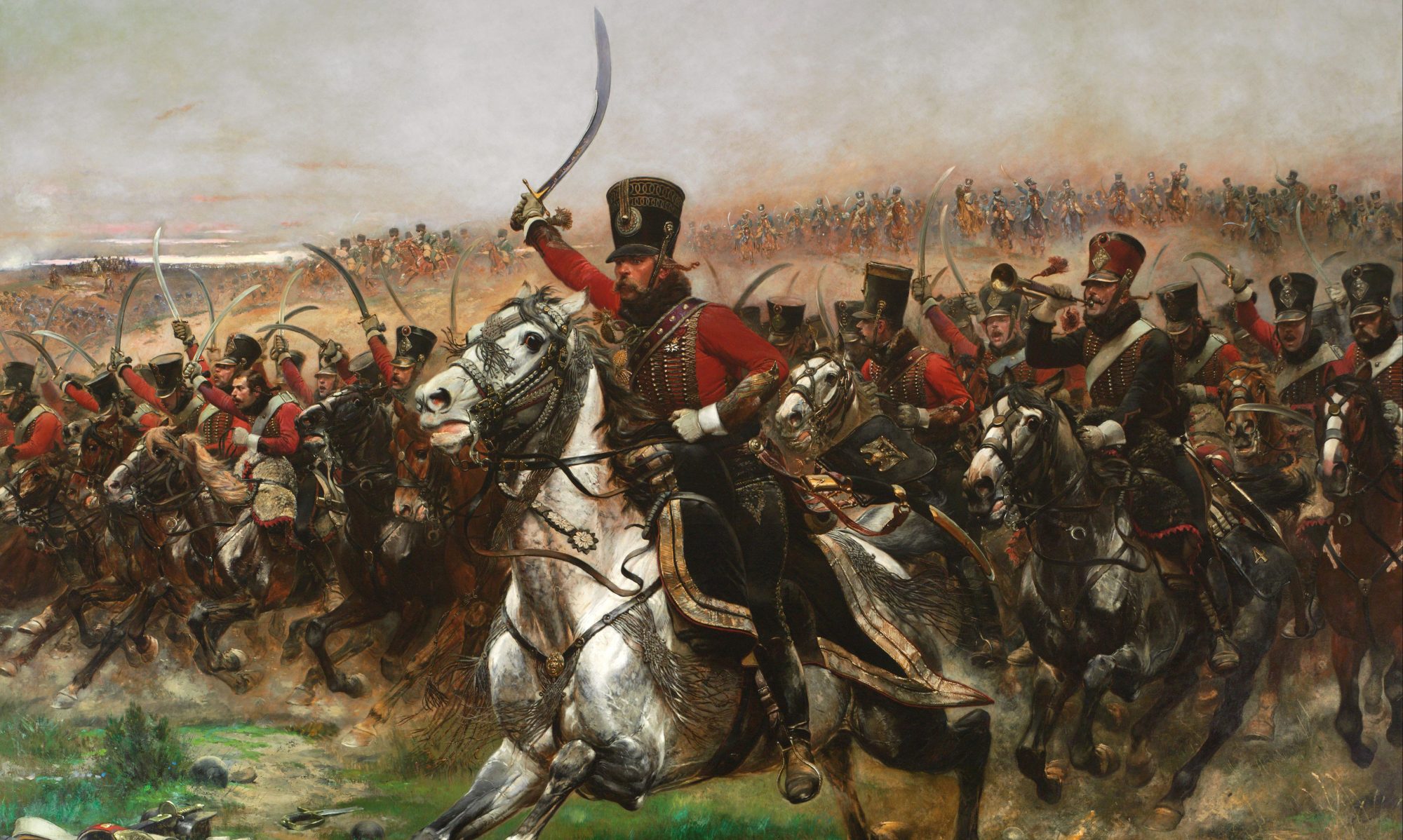There need to be more narrative histories of the 15th century. In my opinion Europe had not seen so much change and upheaval since the fall of Rome as it did in this turbulent time.
This was a period defined by immense change and progress, a time of cataclysmic warfare, of the Renaissance and of world changing discoveries. Few eras have such a resonating echo down to modern times, and few events such an impact as the European discovery of America.
Format: Kindle Edition
File Size: 2145 KB
Print Length: 494 pages
Publisher: Endeavour Press (12 Aug 2014)
Sold by: Amazon Media EU S.à r.l.
Language: English
ASIN: B00MOYPB36
http://www.amazon.co.uk/Toward-Setting-Sun-Columbus-Vespucci-ebook/dp/B00MOYPB36/ref=tmm_kin_swatch_0?_encoding=UTF8&sr=&qid=
In David Boyle’s “Towards the Setting Sun” you get a good narrative history that intertwines the lives and achievements of the great European explorers, Columbus, Cabot and Vespucci, with the backdrop of the rich tapestry of 15th century Europe.
Boyle tells the story well, no easy task given the state of Europe in this time, refining it down to the spheres that his three main subjects lived in. The early chapters deal with their rise and struggle for funds and patrons to finance their costly and honestly insane voyages. While reading about Columbus I was reminded of some inventor or young entrepreneur building a business plan and attempting to convince multi millionaires to back them. Not quite the Apprentice or Dragons Den, but that’s essentially what he was doing.
His vignettes of people and places are evocative and entertaining and quite witty in some places, though I would never describe Ferdinand II of Aragon as a “striking figure, tall and good looking” to me he looks more like my image of Sancho Pança, but in general I liked his style. Of the three, Vespucci comes out the best, Columbus is more glamorous and controversial and Cabot the most mysterious.
The book is separated into long chapters, each subdivided handily into 3 smaller parts, in turn separated into smaller sections. It’s unlikely to tell you everything you ever wanted to know about the age of discovery or these three remarkable men, but it does put the age of discovery squarely in the context of the time, and these men’s stories in the context of each other, and it’s packed with information.
In that sense, this is a book is also about the “Scramble for America” or what some people thought was the Indies, with Portugal, Spain and England all racing west to find a shorter route to Asia, and then accurately identify the unknown west. Readers will find much more than tales of discovery, adventure and seamanship, it seems to sway backwards and forwards from the tales of the three discoverers to the courts of Europe, and I must say I actually found myself preferring the parts about the scheming plotting princes, something I didn’t expect. Doubtless others with more knowledge would challenge some of his assertions but I very much . All in all this is a good, lively account of how Europe looked west to find the east, and unexpectedly found out there was more to the world than had been hitherto thought.
Happy Reading
Josh.



You must be logged in to post a comment.